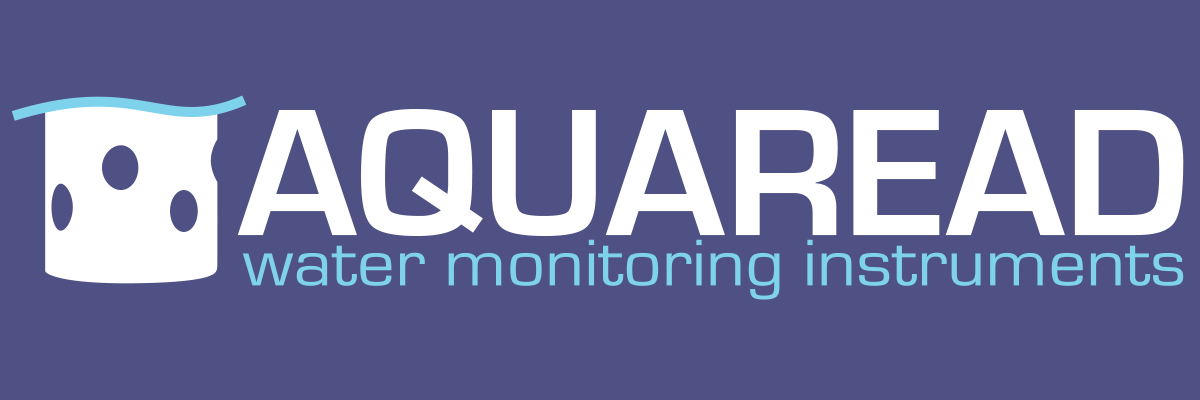There are 2,400 monitoring stations that operate in areas throughout the United Kingdom. These stations are used for monitoring water level and water quality. Information is generated at regular intervals on a daily basis. The information received by these monitoring stations is used to give members of the public regular updates through the use of social media.
Water level updates for areas throughout the country are being tweeted to keep people informed. To find updates near you, take a look at the Shoothill GaugeMap. The website is available to all on desktops, laptops, smartphones and tablets.
The GaugeMap gives real-time data on river levels, accessible to anyone in the country. On the website, rivers can be searched by name, catchment or geographical location. Alternatively you can filter the results by ‘current status’, which shows normal levels, below average or risk of flooding. The results pulls in all relevant data to your search.
The GaugeMap offers a great opportunity for residents, emergency services, local authorities and anyone to whom the river levels are important, such as farmers, fishermen and kayakers. By giving them this data, they can act accordingly. For example water levels might be too dangerous for fishing or kayaking. With the use of the GaugeMap, they will know that levels are too high and will therefore not visit.
Another useful Shoothill tool available is the FloodAlerts map which displays the Environment Agency’s Flood Alert data on a Bing Map. The Environment Agency measures river and sea levels across England and Wales. The tool delivers personalised flooding alerts.
The FloodAlerts tool uses a cloud based mapping engine. This engine is permanently connected to the Environment Agency, allowing monitoring data to be transmitted every 15 minutes. This ensures that the data is always up to date.
When a flooding occurs, water may become contaminated with chemicals and other hazardous substances. Depending on the scale of the flood, the surrounding environment may become heavily damaged. For example, as you have probably seen on the news at some point, buildings are often destroyed in the event of a flood. Many casualties have been caused by floods, which is why precautions are a necessity.
Water is capable of making its way into houses, destroying furniture and belongings. Bridges and roads are destroyed. Floods can literally cause devastation in a matter of minutes. This is why FloodAlerts is such a useful tool; it will give you a chance to prepare. For example, you can move your car out of the way so that it won’t get damaged, and you can ensure everyone is inside and safe. It will give you time to put out sandbags, and any other forms of defence against the water.
If you’d like more information on monitoring water quality and levels, and/or find out more about why it is important, have a look at our water level testing page.
